The mysterious, hypnotic swaying motion exhibited by certain snake species has fascinated and terrified humans for centuries. This distinctive behavior, often observed just moments before a strike, is far more than just a menacing display meant to intimidate predators or prey. This peculiar swaying dance is actually a sophisticated hunting technique honed through millions of years of evolution, serving multiple strategic purposes that enhance the snake’s survival and predatory success. In this article, we’ll explore the science behind this mesmerizing behavior, examining the biological mechanisms, evolutionary advantages, and the various snake species that employ this tactic in their hunting arsenals.
The Mechanics of Snake Swaying

Snake swaying, sometimes called “targeting behavior,” involves the reptile moving its head in a rhythmic, side-to-side or figure-eight pattern while maintaining focus on its intended target. This behavior is particularly prominent in certain venomous species, including cobras, mambas, and some vipers. The swaying motion typically begins when the snake has detected potential prey or a threat and has already assumed its strike position with the front portion of its body raised. During this swaying phase, the snake’s muscles are tensed and prepared for the explosive forward movement that characterizes their lightning-fast strikes. Unlike random movements, this swaying follows a precise pattern, suggesting it serves specific biological functions rather than merely being a warning display.
Depth Perception Enhancement

One of the primary reasons snakes sway before striking is to enhance their depth perception. Unlike humans, snakes lack stereoscopic vision—they don’t have the same binocular overlap that allows for automatic depth perception. By moving their head from side to side, snakes create a form of parallax, which provides crucial spatial information about their target’s location. This parallax effect works similarly to how humans might bob their heads slightly when trying to judge distance with one eye closed. The slight change in perspective as the snake sways gives it multiple viewing angles of its prey, allowing it to calculate the precise distance more accurately. This improved depth perception is critical for ensuring their strike lands exactly where intended, particularly important for venomous species that may only get one opportunity to capture prey.
Motion Triangulation Strategy

Closely related to depth perception is the concept of triangulation, a sophisticated technique that snakes employ through their swaying behavior. As the snake moves its head in different directions, it creates a triangulation effect that helps pinpoint the exact location of its prey in three-dimensional space. This strategy is particularly valuable for species that hunt fast-moving prey, where even minor miscalculations could result in a missed opportunity. The snake’s brain processes the slightly different images received from different positions during the sway, creating a more complete spatial map of its surroundings. Some herpetologists believe this triangulation system is so effective that it can help compensate for the limitations in snake vision, which is generally less acute than that of mammals with similar hunting requirements.
The Hypnotic Effect on Prey
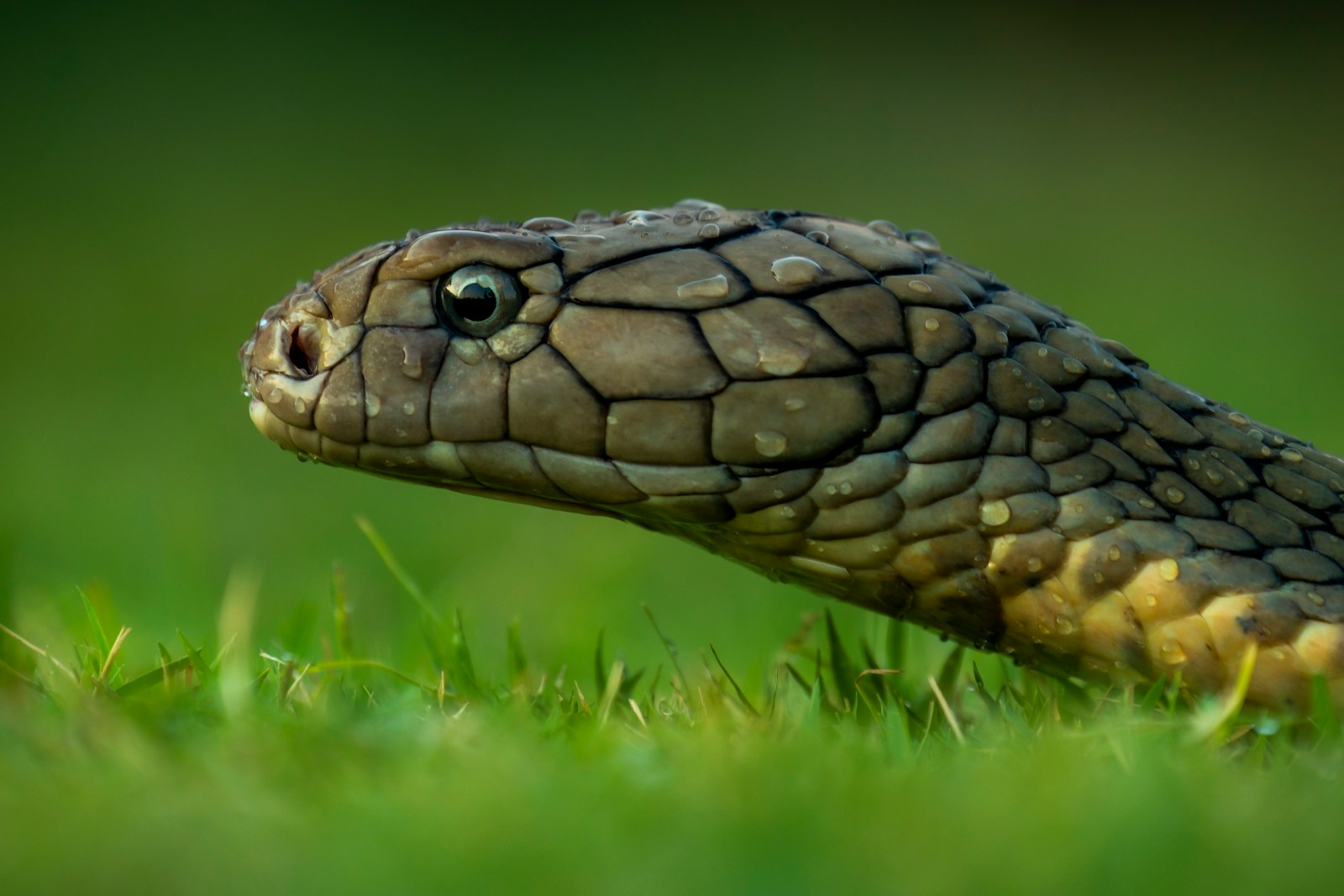
Another fascinating aspect of snake swaying is its potential hypnotic effect on prey animals. The rhythmic, pendulum-like motion may temporarily mesmerize or confuse potential prey, making them freeze in place rather than flee. This temporary paralysis through visual fixation gives the snake a significant advantage when striking. Small mammals and birds sometimes appear to become transfixed by the swaying motion, similar to how humans can become entranced by watching a hypnotist’s pendulum. This mesmerizing effect exploits natural attention mechanisms in prey animals’ brains, causing them to focus on the movement rather than on escape. Some researchers suggest this tactic might be particularly effective against prey species that have evolved to detect sudden movements as threats but may be less equipped to respond appropriately to continuous, rhythmic motion.
Temperature Target Acquisition
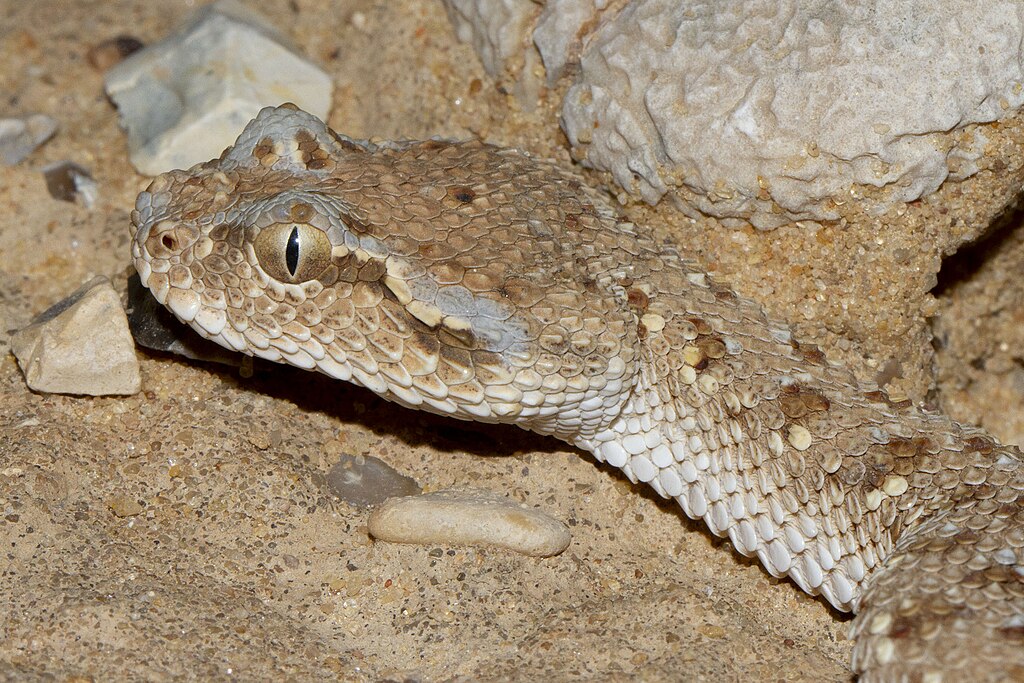
For pit vipers and other snakes with heat-sensing organs, swaying serves an additional technological function related to thermal imaging. These specialized serpents possess heat-sensitive pits that act like infrared sensors, detecting the body heat of warm-blooded prey. By swaying their heads, these snakes effectively scan their environment with these heat sensors, much like a thermal camera panning across a landscape. This swaying motion helps them build a more complete thermal picture of their surroundings and precisely locate their warm-blooded targets. The multiple readings from different angles provide more accurate temperature gradient information, allowing the snake to distinguish its prey from the background environment even in complete darkness. This sophisticated heat-mapping capability through motion is one of nature’s most remarkable adaptations.
Notable Swaying Species
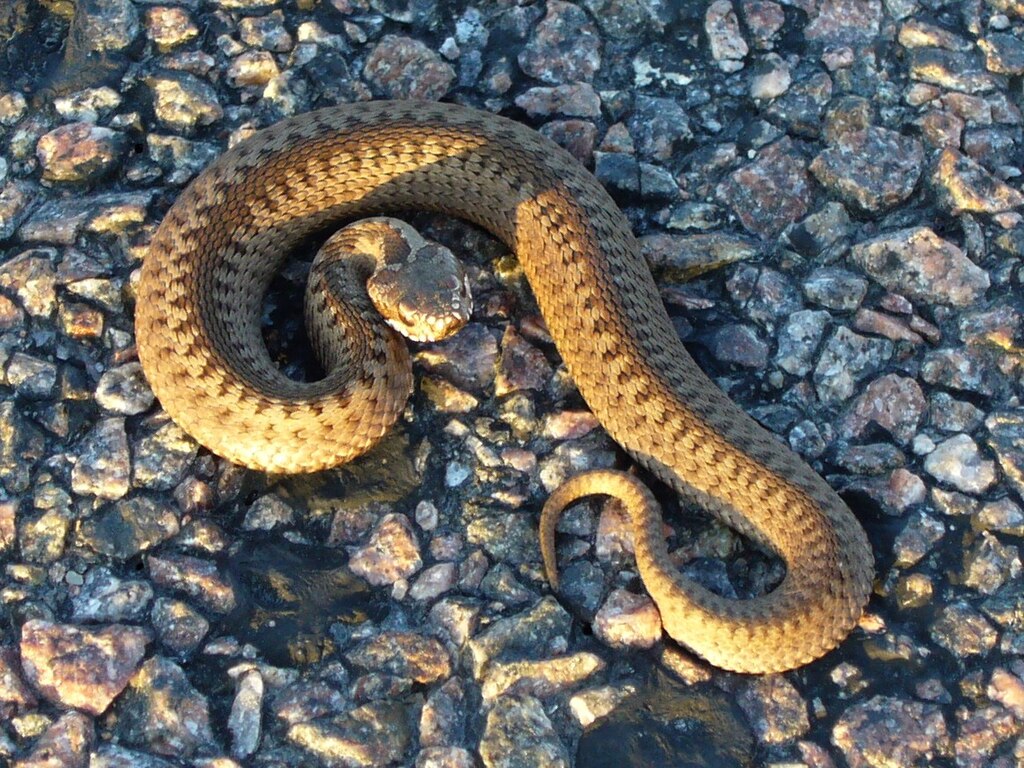
While many snakes may exhibit some form of head movement before striking, certain species are particularly known for their pronounced swaying behavior. Cobras, especially the king cobra (Ophiophagus hannah) and the Indian cobra (Naja naja), are perhaps the most famous for their distinctive swaying displays while in their characteristic hooded defensive posture. Black mambas (Dendroaspis polylepis) also display notable swaying behavior before launching their notoriously fast strikes. Among vipers, the Gaboon viper (Bitis gabonica) sometimes employs a subtle swaying motion despite its reputation as an ambush predator. The eastern brown snake (Pseudonaja textilis) of Australia, one of the world’s most venomous serpents, demonstrates this behavior when confronted with threats or prey. These species have all independently evolved this strategy, suggesting its significant adaptive value.
Defensive Intimidation Display

Beyond hunting applications, swaying serves as an important component of many snakes’ defensive repertoire. When threatened, the swaying motion combined with other displays like hood expansion (in cobras) or body inflation creates a more imposing visual presence that may deter potential predators. The increased apparent size and unpredictable movement pattern make the snake appear more dangerous and less approachable. This intimidation strategy is particularly valuable for venomous species that benefit from avoiding confrontation rather than engaging in it, as it conserves valuable venom and energy. For some species, the swaying is accompanied by additional warning signals such as hissing, tail rattling, or striking postures, creating a multi-sensory deterrent designed to encourage potential threats to seek easier prey.
The Neurobiology Behind the Sway
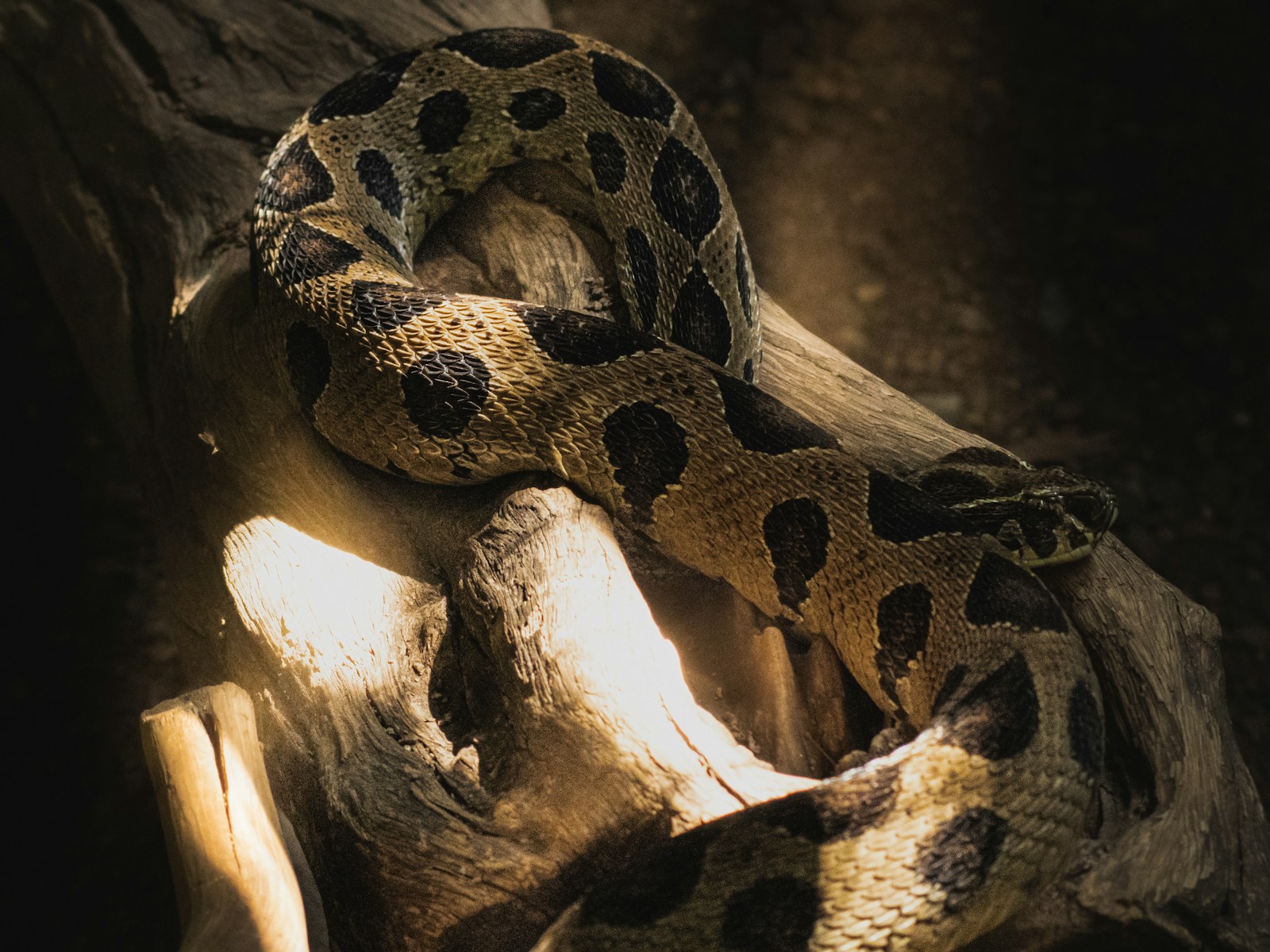
The neurological mechanisms controlling snake swaying are complex and involve sophisticated integration between visual processing centers and motor control systems in the reptilian brain. The behavior requires precise coordination of numerous muscle groups, particularly those in the neck and anterior body regions. Research suggests that specialized neural circuits in the snake’s brain time these movements to optimize the visual and sensory information gathered during each sway. The optic tectum, a region responsible for visual processing in reptiles, likely plays a crucial role in coordinating this behavior with visual input. Additionally, the cerebellum, which coordinates movement in vertebrates, must finely calibrate the swaying motion to maintain the snake’s balance while in a raised position. This neural orchestration represents a remarkable example of specialized brain-body coordination evolved for a specific predatory strategy.
Evolutionary Origins of Swaying Behavior

The evolutionary history of snake swaying behavior likely traces back millions of years to the early development of advanced hunting strategies in ancestral serpents. This behavior appears to have evolved independently in multiple snake lineages, a case of convergent evolution where similar solutions emerge for common problems. The swaying adaptation may have first developed as a simple mechanism to improve vision and gradually became more sophisticated as species diversified. Fossil evidence is limited regarding behavioral traits, but comparative studies of related modern species suggest this strategy emerged after snakes had already developed their elongated body form and begun specializing in active hunting techniques. The persistence of this behavior across diverse snake species indicates that it provides significant survival and reproductive advantages, withstanding the test of natural selection over extensive evolutionary timescales.
Cultural Significance and Human Perceptions
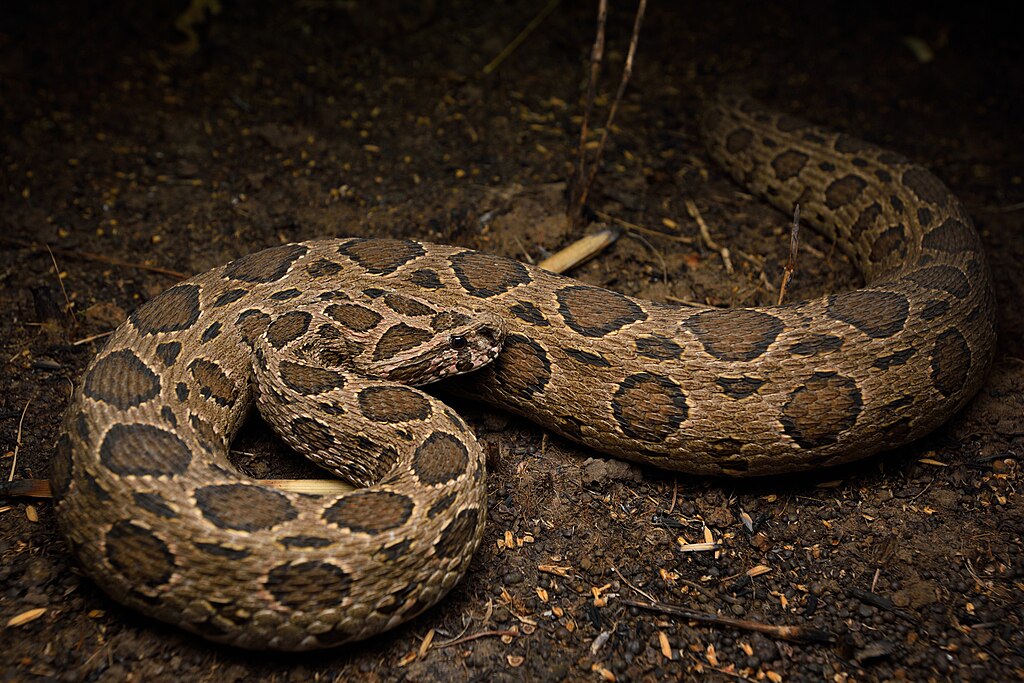
The hypnotic swaying of snakes, particularly cobras, has left an indelible mark on human cultures worldwide, inspiring everything from religious symbolism to entertainment practices like snake charming. In ancient Egyptian mythology, the cobra was a symbol of sovereignty and divine authority, with the pharaoh’s headdress featuring the raised, swaying form of the uraeus cobra. In Hindu traditions, cobras are associated with several deities, including Shiva, who wears a cobra around his neck. The mesmerizing quality of snake swaying has been exploited in the practice of snake charming, where performers appear to control cobras through music, though in reality, the snakes are responding to the movement of the charmer’s instrument rather than the sound. These cultural associations demonstrate how deeply this distinctive serpentine behavior has penetrated human consciousness and mythology across civilizations.
Common Misconceptions About Snake Swaying
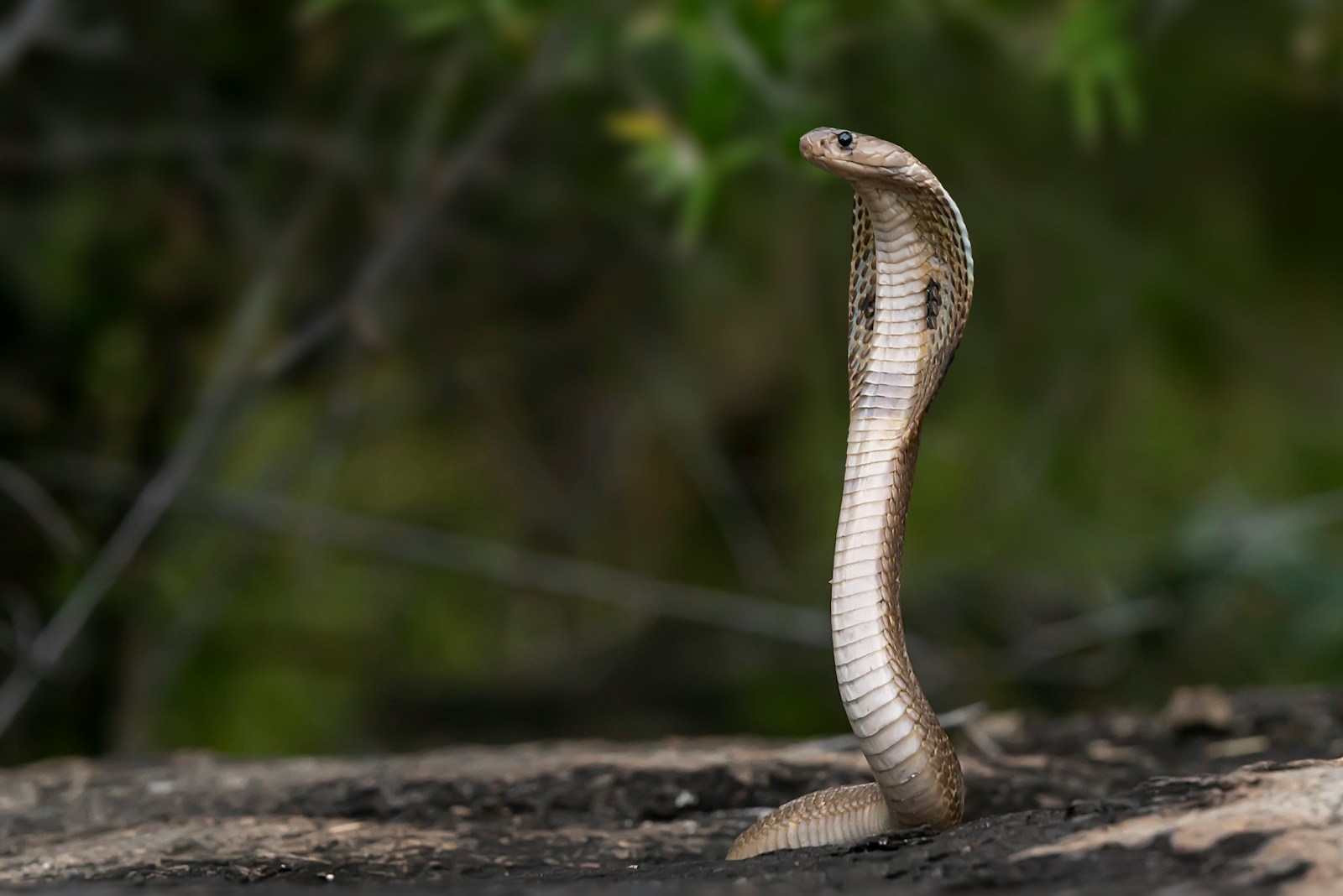
Despite scientific understanding of why snakes sway, numerous misconceptions persist in popular culture. One common myth suggests that snakes are “dancing” to music when they sway in response to snake charmers, when in fact they’re tracking the movement of the instrument as a potential threat. Another misconception is that all snakes sway before striking, when this behavior is primarily associated with certain species and hunting situations. Some people incorrectly believe the swaying is a form of communication with other snakes, rather than a hunting or defensive mechanism. Perhaps most dangerously, some assume that a swaying snake is merely threatening and won’t actually strike, when in reality, the swaying often directly precedes an attack. These misconceptions can lead to dangerous situations when humans encounter snakes in the wild, as misinterpreting these behavioral signals could result in preventable snake bites.
Research Challenges and Future Studies
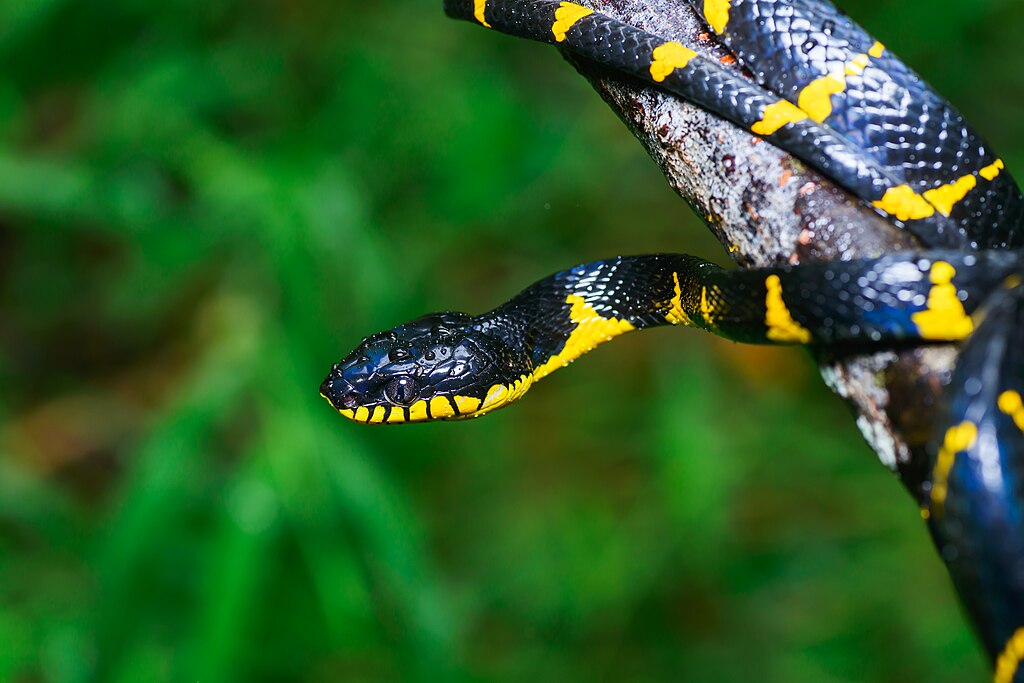
Studying snake swaying behavior presents unique challenges for researchers, including the difficulty of recreating natural hunting scenarios in laboratory settings and the ethical considerations of observing predatory behaviors. Modern technology is helping overcome some of these obstacles, with high-speed cameras and 3D motion tracking allowing scientists to analyze the precise movements and timing of snake swaying in unprecedented detail. Future research directions include neurological studies examining brain activity during swaying, comparative analyses across more species to better understand evolutionary patterns, and detailed biomechanical investigations of how swaying influences strike accuracy. Some researchers are also exploring whether this behavior might be affected by environmental changes or habitat disruption, potentially serving as an indicator of ecosystem health. As technology advances, our understanding of this fascinating behavior will likely continue to deepen, potentially revealing even more functions and adaptations.
Implications for Snake Conservation
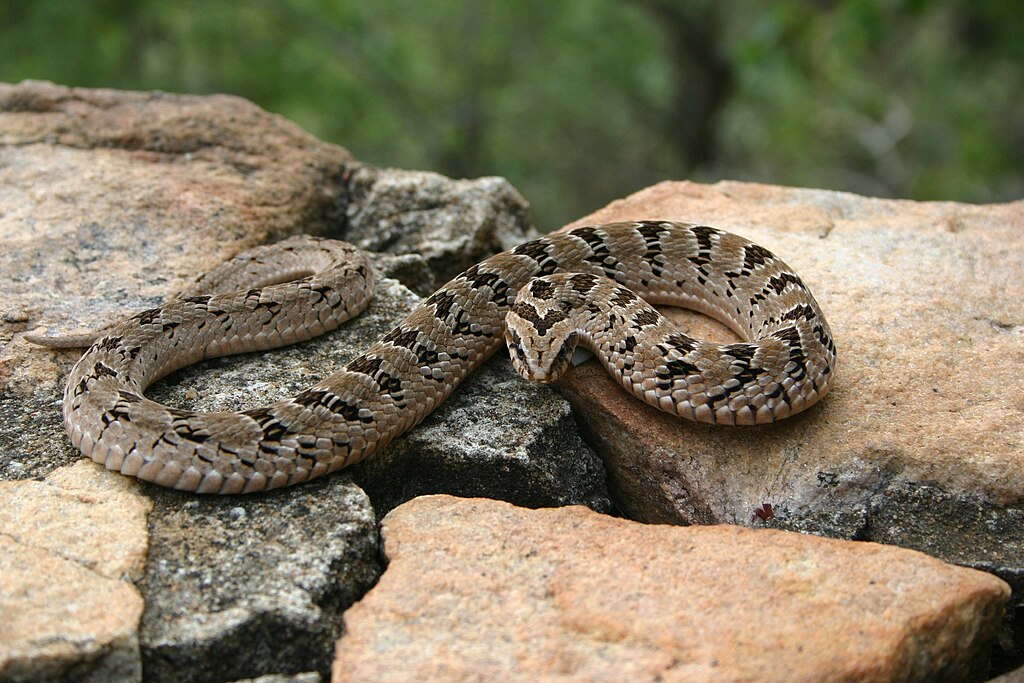
Understanding behaviors like swaying has important implications for snake conservation efforts worldwide. Knowledge of natural snake behaviors helps dispel fears and misconceptions that often lead to the needless killing of these important predators. By recognizing swaying as a natural hunting or defensive behavior rather than an aggressive display, conservation educators can help improve public perception of snakes. This behavioral knowledge also aids in creating more effective captive breeding programs for endangered species by ensuring appropriate hunting opportunities and environmental enrichment. Additionally, understanding the sensory mechanisms behind swaying provides insights into habitat requirements, as snakes need environments that support their specialized hunting techniques. As many snake species face threats from habitat destruction, climate change, and direct persecution, comprehensive knowledge of their behaviors becomes increasingly vital for developing effective conservation strategies.
Conclusion
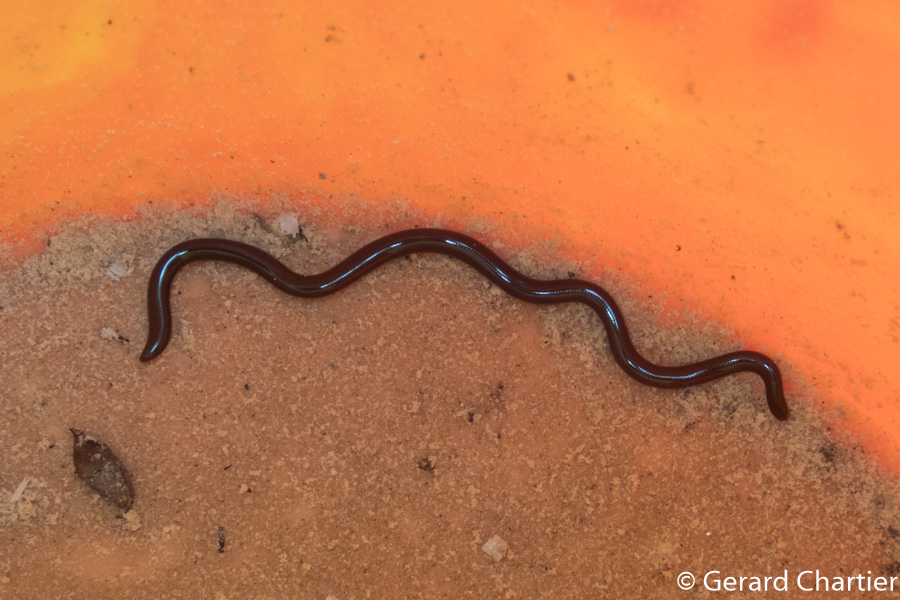
The mesmerizing swaying motion exhibited by certain snake species represents one of nature’s most sophisticated predatory adaptations. Far from being merely a threatening display, this behavior serves multiple crucial functions: enhancing depth perception, facilitating thermal targeting, creating hypnotic effects on prey, and boosting defensive displays. The neurological complexity behind this seemingly simple movement highlights the remarkable evolutionary refinement of snake hunting strategies. As we continue to study and understand these fascinating reptiles, their specialized behaviors reveal the intricate ways in which evolution has shaped predator-prey relationships. Whether observed in the wild forests of Asia, the savannas of Africa, or the deserts of Australia, the swaying snake remains one of nature’s most captivating and efficient predatory performers, deserving both our scientific curiosity and conservation efforts.





